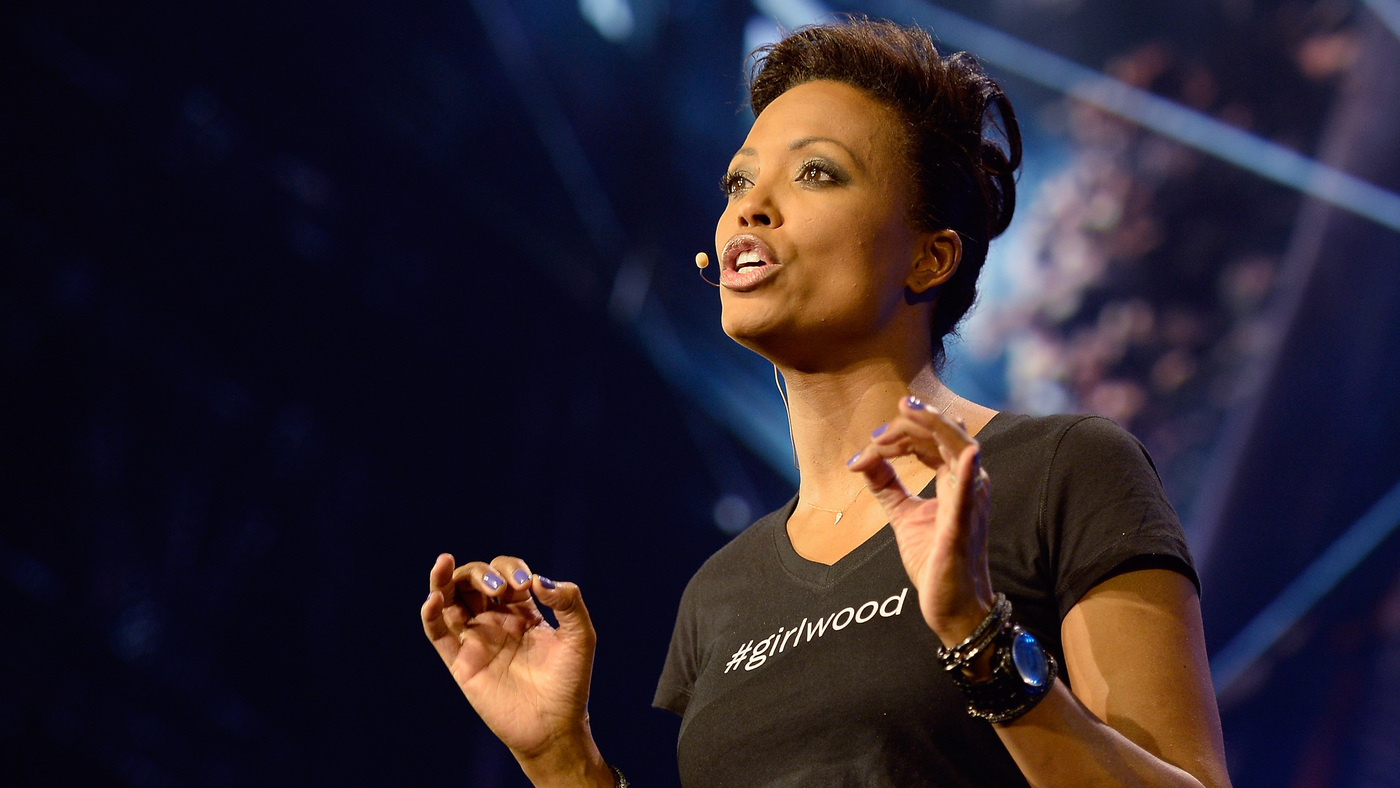
It should amaze no one that in 2017, we still have to talk about gender inequality. However I still struggle to understand why we can’t celebrate differences. Why can’t we celebrate diversity and look at our world from a place of inclusion? The number of men and women in the world is pretty well split. Yes, there are still more men than women. But the numbers are very close. Which is why I find it so compelling that we don’t see more women in leading roles. Or to take this one step further, why we celebrate the fact that a female has a leading role in, let’s say a movie.
For example, Wonder Woman. I think the premise of the movie is great. I think the fact that we have female super heroes is amazing, but why do we make such a big deal about it? The short answer – because men have dominated these roles for far too long. Insinuating that women can’t be strong. Or can’t be in a leading role. I am getting a bit off topic and ahead of myself, but I think you can see where I’m going with this, right? When it comes to men in a leading role we tend to downplay the idea of gender. This happens in the workforce. It happens in politics. It happens in the movies as well. But if there is a woman in a leading role, we celebrate the fact that she is a woman and “good for her”. Do you see the discrepancy?
Why this got me thinking was that I recently read an article about the number of leading women characters in video games. According to Feminist Frequency, there were 109 games debuted at E3 this year, but only 8 of them had female leading characters. Whereas, 29 games featured male leads. What are the rest? I’ll get to that in a moment. Even if we compare the two numbers, that is a big discrepancy. Also mentioned in this article is that these statistics aren’t necessarily good or bad, they are simply facts.

I wholeheartedly disagree with that assessment. How can you say that a difference of about 20% isn’t bad? Perhaps video games shouldn’t be our sole source of information when it comes to gender based roles. And maybe I’m putting too much stock into this argument than I should be. But at the same time, I think that video game developers should consider gender roles in a more holistic way. If you make the argument that video games are based in fantasy, then perhaps people only want male protagonists? Which I find hard to believe. Women are playing video games too. Women want to see their fantasy selves in these games just as much as men.
So why not let people make the choice? As I’m writing this, it occurs to me that I’m speaking from the perspective of traditional gender roles only. I am not going to expand my argument further, but the case could easily be made to incorporate others into this as well. I wonder if the folks at Feminist Frequency also thought it prudent to compare sales between male vs. female lead games? My guess is that sales are probably higher for male lead games. Ergo, perhaps that’s the reason for so many more games with men in the leading roles.
Lastly, you’re probably wondering about the other 60% or so. Well, in some of the games you can choose either gender. There is also a statistic for “multi”, which I’m not quite sure what it means. But that simply indicates that you have your choice. Which I think is much more encouraging than the other numbers.
I’m not suggesting that 7% is bad. Nor do I think we should highlight it as good. I do think that like with anything related to equality, we are moving the needle in the right direction. But, as I’ve also said before, there is still so much work to be done. My personal pet peeve is how we praise women for things that we expect from men. It’s not fair on either side of the gender spectrum. Not every man should be “expected” to be a certain way. Nor should women be praised for emulating those characteristics, just for the sake of praise.
I am happy to see that Feminist Frequency is tracking this data. I was not happy to see that the 2016 numbers were so low, but like I said, perhaps it is tied to sales. And if that’s the case, then I think we have more work to do around equality from a social and economic model. Another thought I had is around the age of people playing these games. Or at least the age at which the game is targeted. Perhaps games for more mature audiences are going to be more male dominated than those for the younger generation who tend to be more open and tolerant of differences.

[…] post Only 7% of New Video Games in 2017 Have Female Leads. appeared first on Saintel […]